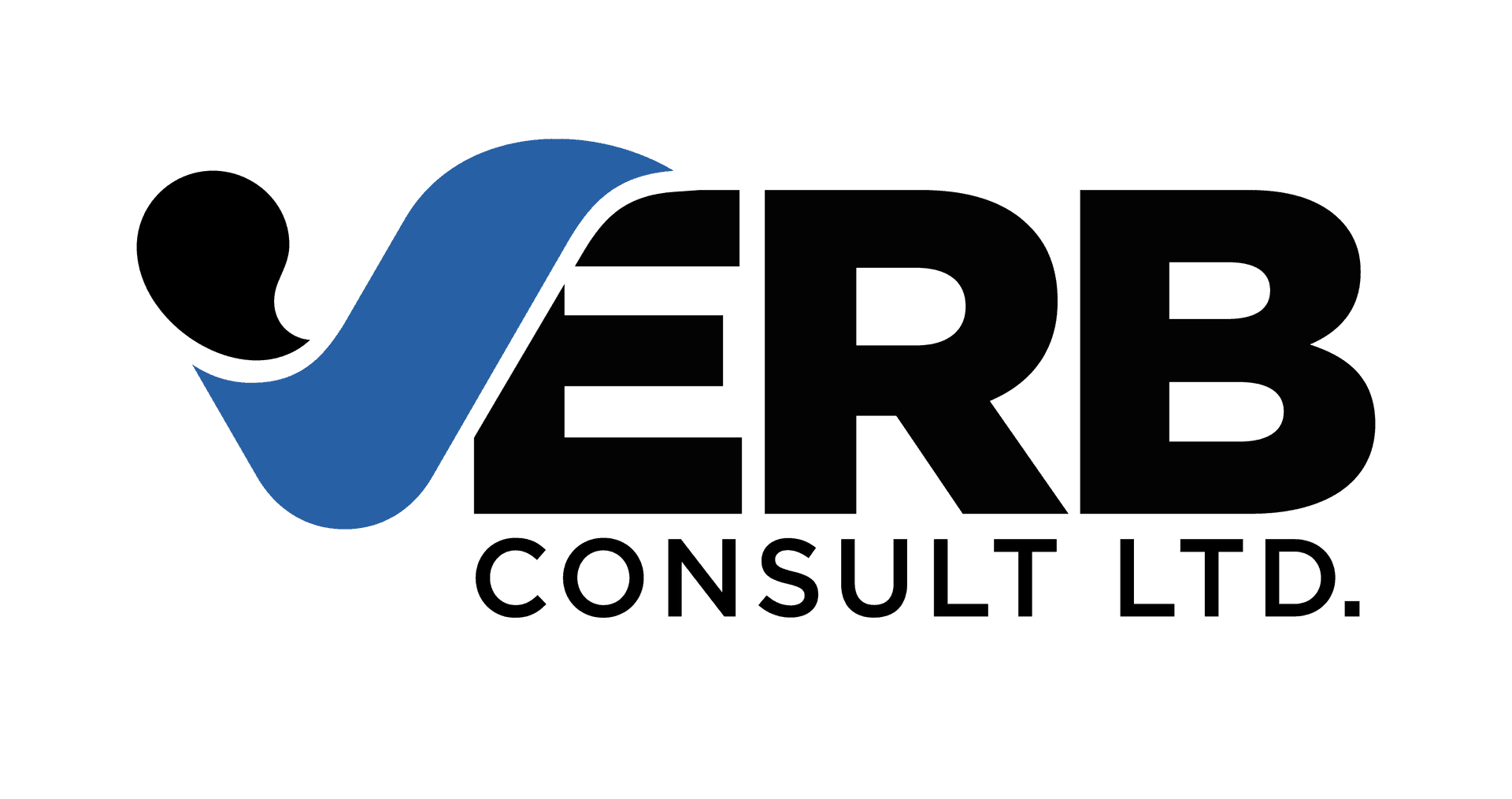Unlocking Growth: How Intentional Design Can Transform Your Consumer Goods Brand
The Power of Intentional Design
In today's saturated market, establishing a strong presence for your consumer goods brand is more challenging than ever. However, embracing intentional design can be a game-changer. This approach ensures that every element of your brand—from packaging to promotional materials—is carefully crafted to resonate with your target audience, ultimately driving growth and fostering loyalty.

Understanding Consumer Psychology
Intentional design starts with a deep understanding of consumer psychology. By recognizing what motivates your audience, you can tailor your design elements to appeal directly to their desires and needs. Color schemes, typography, and imagery all play pivotal roles in shaping perceptions and influencing purchasing decisions.
Consider the impact of color: warm hues might evoke feelings of excitement, while cool tones can suggest trust and reliability. Aligning these elements with your brand's core message ensures that you're not just selling a product—you're offering an experience.
Consistency Across Touchpoints
Building a cohesive brand identity requires consistency across all consumer touchpoints. This means ensuring that your website, social media presence, and physical packaging all convey the same message and aesthetic. Consistency not only strengthens brand recognition but also builds trust with consumers.

To achieve this, develop a comprehensive style guide that details everything from logo usage to tone of voice. Such guidelines will serve as a blueprint for maintaining brand integrity, no matter where consumers encounter your brand.
The Role of Technology in Design
Incorporating technology into your design process can unlock new possibilities for innovation and growth. Tools like augmented reality (AR) and virtual reality (VR) can enhance the consumer experience by offering interactive and immersive ways to engage with your products.
Additionally, leveraging data analytics allows brands to refine their design strategies based on consumer feedback and behavior. By understanding which elements resonate most with your audience, you can continually optimize your design for better results.

Embracing Sustainable Design
As consumers become increasingly eco-conscious, adopting sustainable design practices can set your brand apart. This involves using environmentally friendly materials, reducing waste, and creating products that are both beautiful and sustainable.
Sustainable design not only appeals to the growing number of environmentally conscious consumers but also positions your brand as a leader in corporate responsibility. This commitment can drive consumer preference and loyalty, further fueling growth.
Measuring the Impact of Design
Finally, it's crucial to measure the impact of your design efforts. Track key metrics such as sales growth, customer engagement, and brand perception to evaluate the success of your design strategy. Use this data to make informed adjustments and ensure that your design continues to align with your business goals.
By prioritizing intentional design, consumer goods brands can unlock new avenues for growth and transformation. It's not just about aesthetics; it's about crafting a powerful narrative that resonates with consumers on a deeper level.
